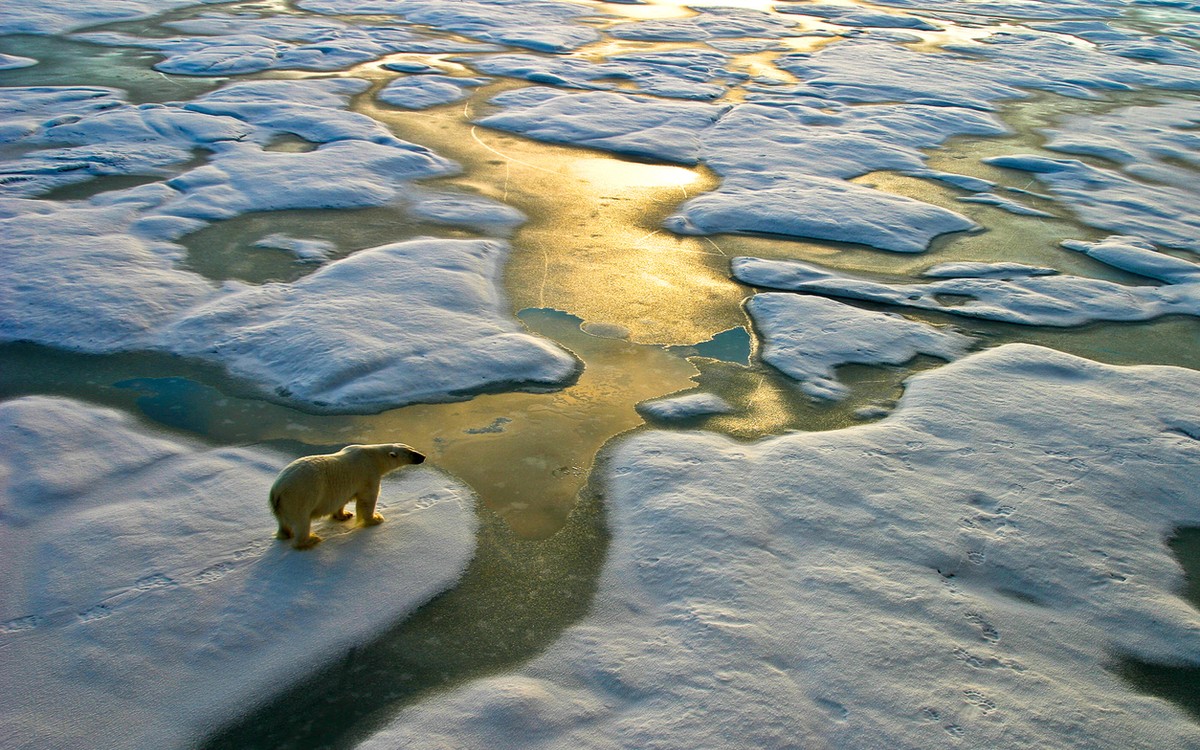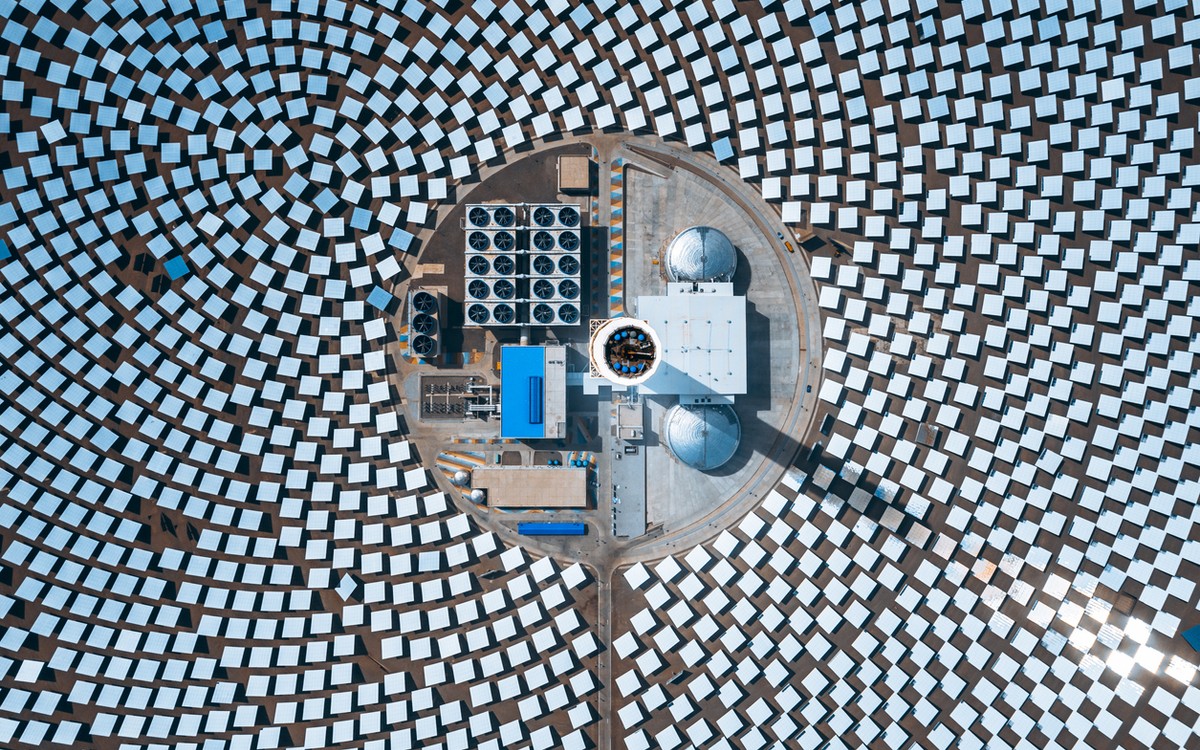Delivering on net zero. Is it possible, and if so, how?

Three former United Nations (UN) climate leaders have warned that current global policies will lead to what they describe as “catastrophic” climate breakdown.
And they highlight the gap between what governments promise to do to meet climate goals and the policies they pursue in the real world. So how bad are we doing on climate change? Let’s look at the data. According to the UN, there are four key climate change indicators:
- Greenhouse gas concentrations
- Ocean acidification
- Sea level rise
- Ocean heat
And these all set new records in 2021, giving us a clear signal that human activities are causing global changes in the atmosphere, on land and in the ocean, with dramatic and long-lasting effects.
To tackle this emergency, we need to plan an early exit for fossil fuels, which are the key cause of climate change. But looking at Climate Action Tracker’s global map, not a single country is making enough effort to keeping below 1.5% warming, as set out in the Paris Agreement.
Indeed, the most polluting countries are among those that are moving slowest. Russia, which released more than 10 billion tons of CO2 in 2019 is making “critically insufficient” efforts to do its bit, according to Climate Action.
China, which also released more than 10 billion tons, and India, which was responsible for almost 2.7 billion tons, are in the “highly insufficient” category, while the US, which produced 5.4 billion tons, is judged as merely “insufficient” in its efforts.
Clearly, we have a mountain of carbon reductions to scale—and we are hardly in the foothills. But what do we need to do to climb it? At least twice as much as the we are doing at present, says the International Energy Agency (IEA).
According to the organization, we must double the yearly rate of transition to renewable energy to have any chance of achieving net-zero carbon, and stabilizing global temperatures, by 2050. How do we get there?
To take one analysis, McKinsey has broken the challenge down into three areas: physical building blocks, economic and societal adjustment, and governance, institutions and commitment.
On physical building blocks, the steps McKinsey thinks we need to take are:
- The ability to create at-scale supply chains and support infrastructure
- Increased and sustained technological innovation
- Securing necessary natural resources
The economic and societal adjustments needed are:
- Management of demand shifts and near-term unit cost increases
- Compensating mechanisms to address socioeconomic impacts
- Effective capital reallocation and financing
And the governance, institutions and commitment recommendations are:
- Commitment by, and collaboration among, public-, private-, and social-sector leaders globally
- Having governing standards, tracking and market mechanisms and effective institutions
- Support from citizens and consumers
Of these, McKinsey advocates prioritizing three key areas, starting with capital reallocation to scale up investment.
The consultancy cites the development of new markets including those for carbon, managing stranded asset risks, and public-private collaboration as being essential for effective decarbonization of the economy.
The second two recommendations rely more fully on strong state intervention.
Managing demand shifts and cost increases would require investment in research and development to lower technology costs, while nurturing industrial ecosystems is needed to reduce production costs of green technology.
There also need to be demand signals to create incentives for a cleantech transition, and the state needs to do the signaling.
Finally, a massive effort needs to be made in diversifying the economy, reskilling and redeploying workers, and building social support schemes for those thrown out of work by the reengineering of the market.
Many might dismiss the ability of governments to guide the necessary changes. But look at the mass programs of vaccinations, government support for key sectors, and various furlough and compensation schemes in the world during the COVID-19 pandemic.
These were positive interventions in society and the economy by previously hands-off government leaders and bureaucrats, proving big government can make a big difference–if sufficiently motivated to do so.
The IEA agrees with McKinsey’s stance on intervention, specifically calling for governments to stimulate the development of renewable power plants. By November 2021, 140-plus countries had announced or are considering net zero targets, covering 90% of global emissions.
This compares with the 130 countries, covering about 70% emissions, which had made the same pledge by May 2021, a mere six months previous.
That is great progress, although as mentioned above governments around the world are more committed to talking about targets than fulfilling them. “The good news,” says UN Secretary-General António Guterres, “is that the lifeline is right in front of us.”
He was pointing out that renewable energy technologies today are cheaper than coal and other fossil fuels. The task at hand is to put them to work, urgently, and at scale. There are positive indicators that show we are headed in the right direction.
The first is that 2020 was a record year for renewables, with 260 gigawatts (GW) of capacity being added, exceeding expansion in 2019 by almost 50%--and breaking all previous records, according to the International Renewable Energy Agency (IRENA).

A second is that record being broken in 2021, with nearly 290 GW new renewable power commissioned, 3% higher than 2020’s already exceptional growth, powered mostly by wind and solar.
In fact, more than 80% of all new electricity capacity added last year was renewable, with solar and wind accounting for 91% of new green energy, according to IRENA’s Renewable Capacity Statistics 2021. Total fossil-fuel additions fell from 64 GW to 60 GW over the same period.
What’s more, solar and wind are set to go from strength to strength in coming years, according to the IEA.
The agency predicts renewables will set new records each year after 2022, thanks to what it describes as: “widely available resources, declining costs and policy support in over 130 countries.”
We can take heart from the green achievements of individual countries, too. In 2020, Vietnam increased its solar capacity an amazing 25 times compared to a year earlier, with 9.3 GW of solar capacity being added–the equivalent of six coal power plants.
The growth was thanks to more than 101,000 small-scale rooftop solar systems being deployed as part of the government’s strategy of pivoting away from coal.
If a small, impoverished and politically isolated nation such as Vietnam can make such strides, what are the rest waiting for? The technology is available and falling in price, and companies such as Pacific Green are on hand to supply the know-how.
Would you like to discuss more?
Our global team of advisors with years of combined experience in the marine sector are on hand to discuss your project.